About the Exhibition
This exhibition at the Hong Kong Design Institute’s Experience Centre showcases a selection of distinctive bachelor’s, master’s and research projects from the seven subject areas of the Department of Design at Zurich University of the Arts: Game Design, Interaction Design, Knowledge Visualisation, Visual Communication, Trends & Identity, Industrial Design, Cast and Audiovisual Media. The projects reflect the notion of design, how design is understood and taught today, and how design can contribute to social and technological innovation. They investigate how digitalization – and a conscious approach to it – have assumed increasing importance within the discipline, and how designers are dealing with this in a strategic as well as a critical way in order to impart knowledge. Whether in a playful or serious context, the exhibition is a celebration of the partnership between the two academic institutions.
Cast/ Audiovisual Media
|
|
 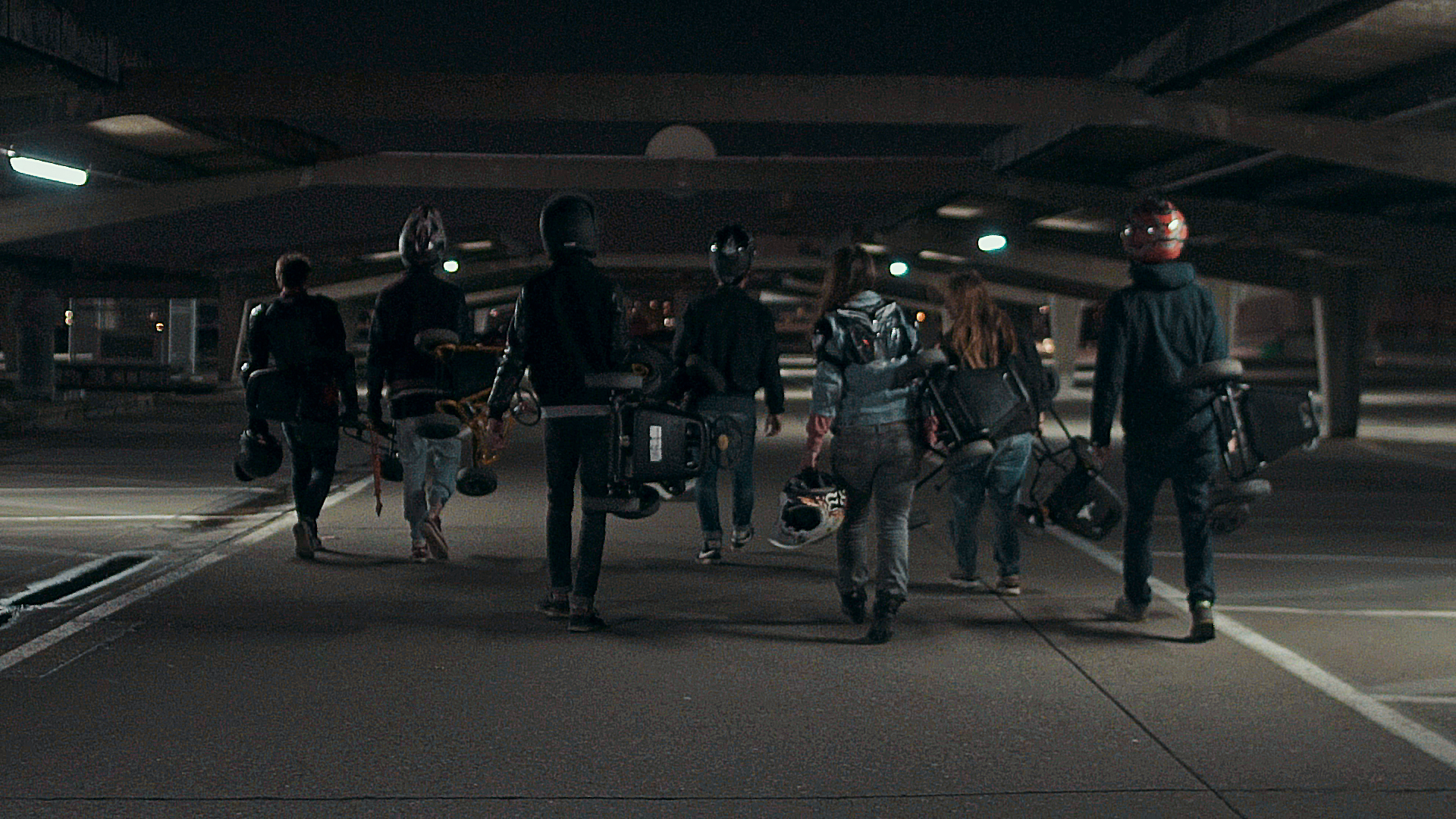 |
How does a myth become accepted as truth in contemporary society, and how can it be spread in the shortest time possible? How to tell a story in order that it be accepted by its target audience and the media?
The Wild Werner is the fictional story of an underground go-cart scene in Zurich that claims the streets of the city for its adrenaline thrill. With a mockumentary film style and a sophisticated distribution strategy, the creators published the story through various channels and skilfully used the media as a multiplier of a fake story. The myth was disseminated beyond Switzerland and attracted much attention.
Game Design
|
|
 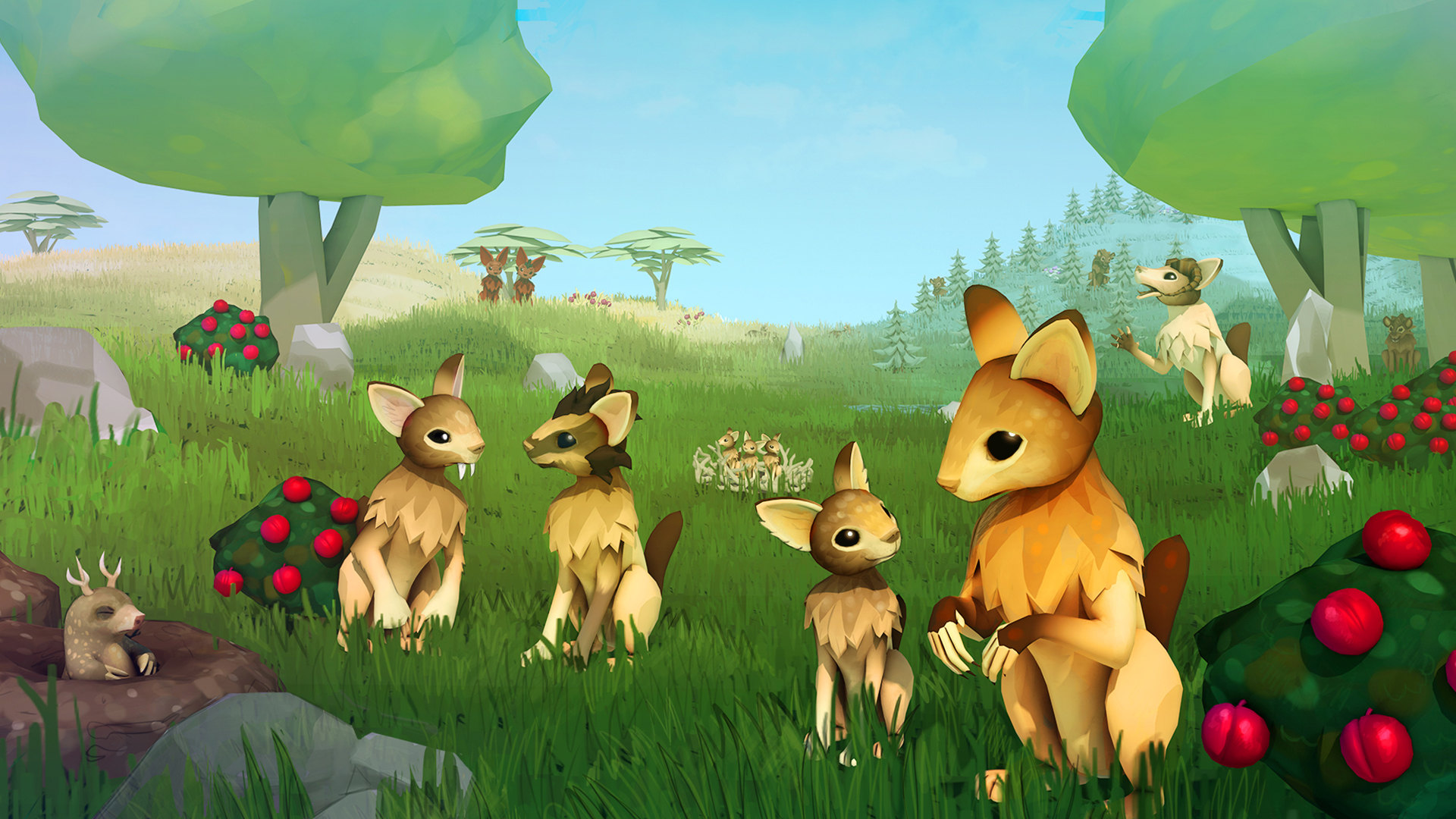 |
Niche — A Genetics Survival Game is a turn-based strategy game combined with simulation and roguelike elements. Players create their own species of animal based on real genetics and try to survive in the face of predators, climate change and disease. While Niche was designed as a game for entertainment, the topic of population genetics had a strong influence on its content. By mating players’ animals and adapting them to a changing world, players learn about genetics and evolution. As both entertainment and education, Niche is a unique game which can be played both during school lessons and in players’ free time.
The business magazine Forbes ranked Philomena Schwab among the 30 most important technology talents under 30 in 2017. Niche is commercially available on STEAM.
|
FAR Lone Sails — An Atmospheric Vehicle Adventure |
|
 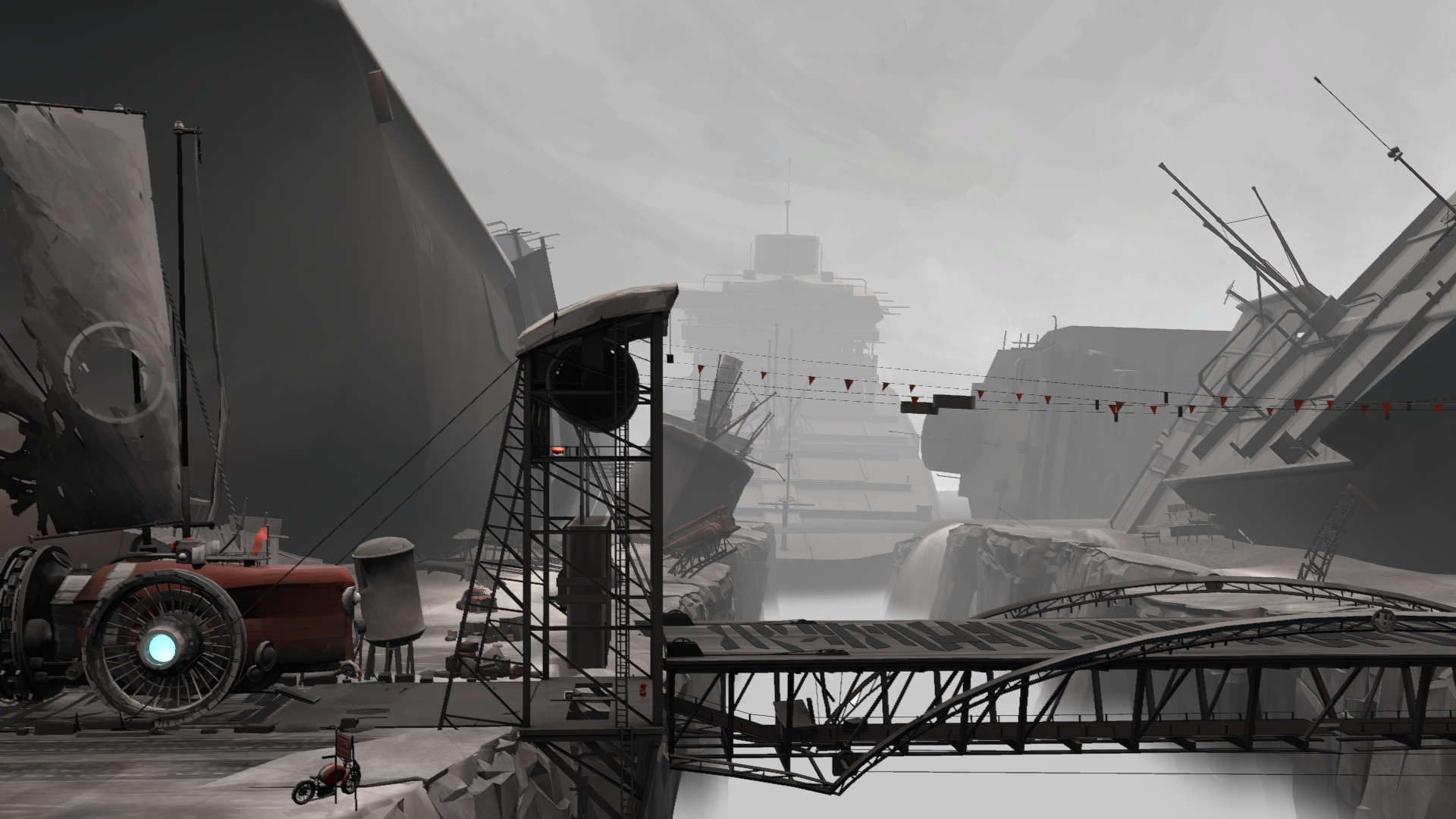 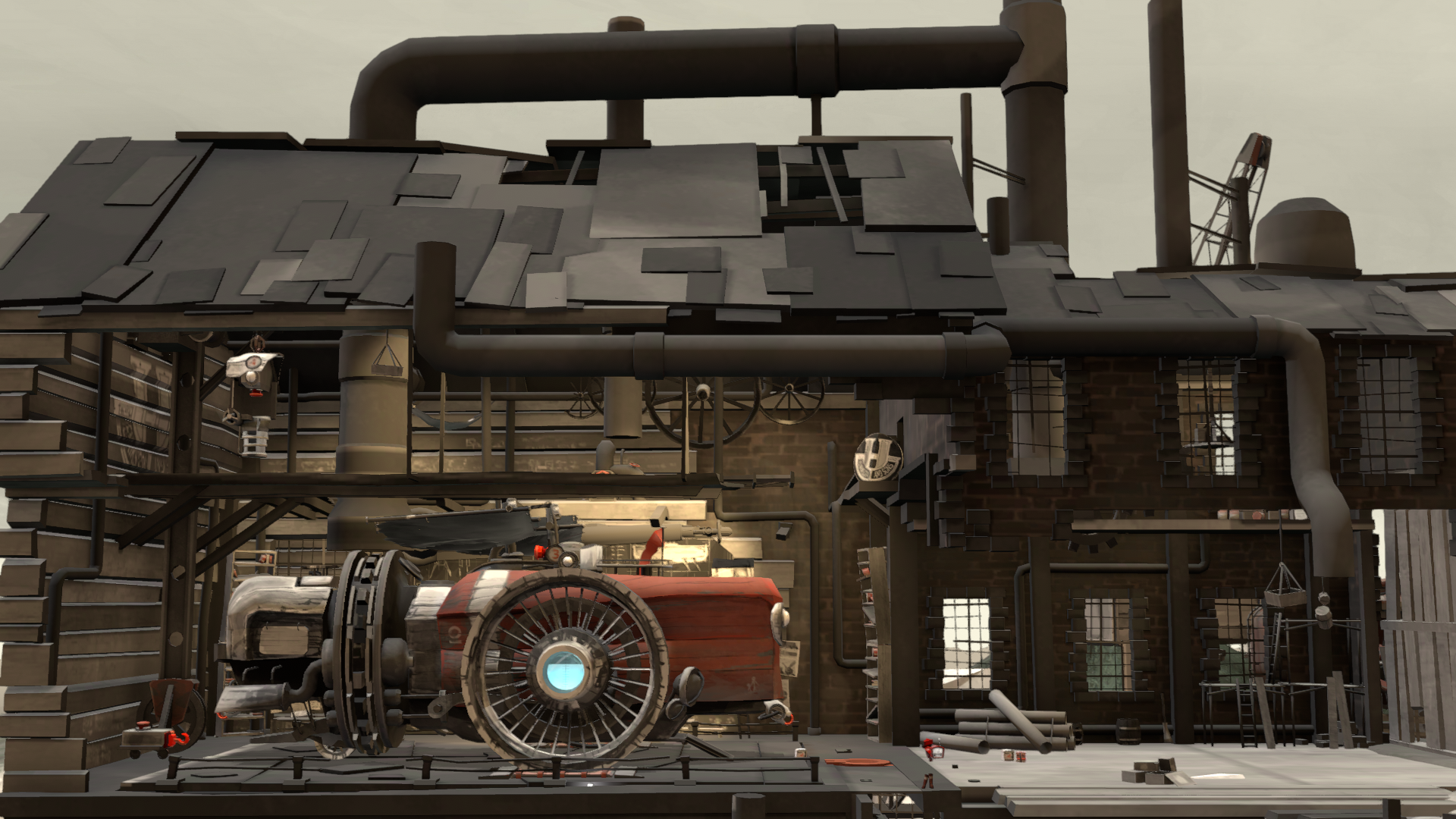 |
 |
Under overcast skies, the player travels across a seemingly endless dried-up sea, littered with the remains of a once vibrant seafaring civilisation. The game’s world is largely devoid of life yet filled with places to explore and history to discover. What once was the bottom of an ocean has turned into a cemetery for submarines and super-tankers. Once bustling island settlements have decayed into hilltop ruins. Is there anything that can be salvaged? While the greater goal of the journey remains to be uncovered by the player, urgent short-term necessities call for immediate action. The train-like vehicle needs to be fuelled, maintained and upgraded in order to overcome the challenges that lie ahead.
FAR reinterprets the role of vehicles in games. With the movement of the vehicle, the game creates a vast dynamic sphere in which the player can act freely. The player explores the various functions of the vehicle and drives farther and farther
through stunning scenery. The game combines an atmospheric journey with intuitive but complex mechanics. This award-winning game is commercially available on STEAM.
Interaction Design and Industrial Design
|
Research project in collaboration between Zurich University of the Arts, Centre for Product and Process Development of Zurich University of Applied Sciences, Swiss Science Centre Technorama and Gebert Rüf Stiftung |
  |
Science Toys = Science Tools is a research project that enabled direct exploration of abstract aspects of natural phenomena outside the Science Centre through design methodology. The design team aimed to relate phenomena such as the flow, pressure, texture, force and density of air to everyday experiences, such as breathing, weather forecasts and energy harvesting. Focusing on air as a common ground for the multidisciplinary collaboration, this project explored a range of experiments, workshops and prototypes, and developed a toy called Aero. The research objectives were achieved by creating and evaluating tools and methods of investigating air, and by developing a scientific toy that exemplifies the multiple ways in which the Science Centre experience can be extended to other contexts.
Aero is a very light wind turbine which represents a balance between playfulness, poetry and the scientific awareness of air. It can be altered, through various adaptors, to design objects such as a vacuum cleaner, a particle trap, a wind tunnel or an inflatable building block, and leaves space for new ways of interacting with the wind in different places.
Interaction Design
|
|
 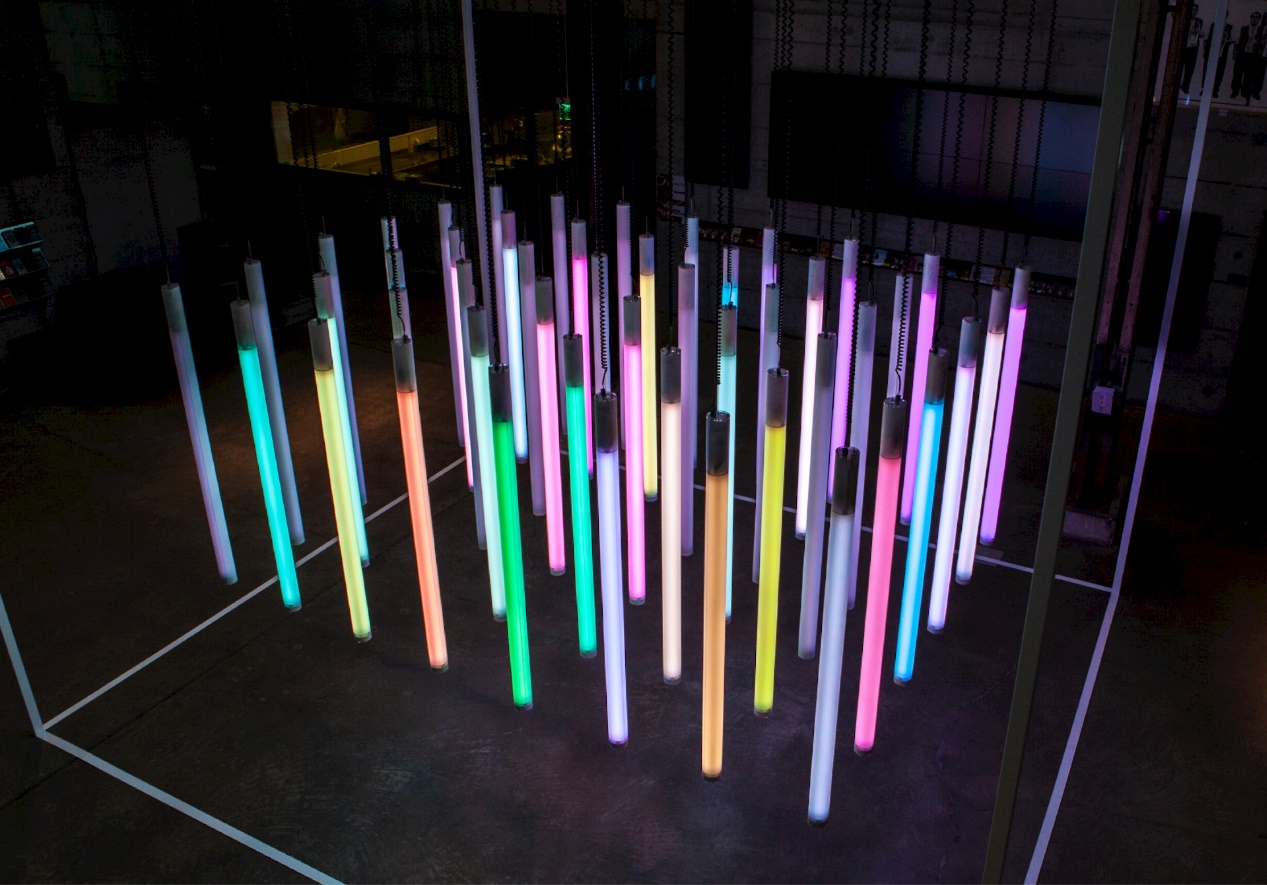 |
The interactive kinetic light installation Through Momentum reflects the process of digitalisation and brings aspects of it closer to the viewer. The installation consists of 23 luminous objects equipped with sensors and actuators that represent today’s plethora of internet-connected devices. An additional tablet-based painting interface permits intuitive and playful interaction with the installation.
Through Momentum was created to investigate digitalisation and the impact of related technologies on the process of designing networked products and services. The installation was inspired by current developments in the automotive industry. Vehicles no longer simply meet the basic need for individual mobility, but are increasingly integrated into a network allowing them to perform transportation tasks autonomously.
Knowledge Visualisation
|
|
 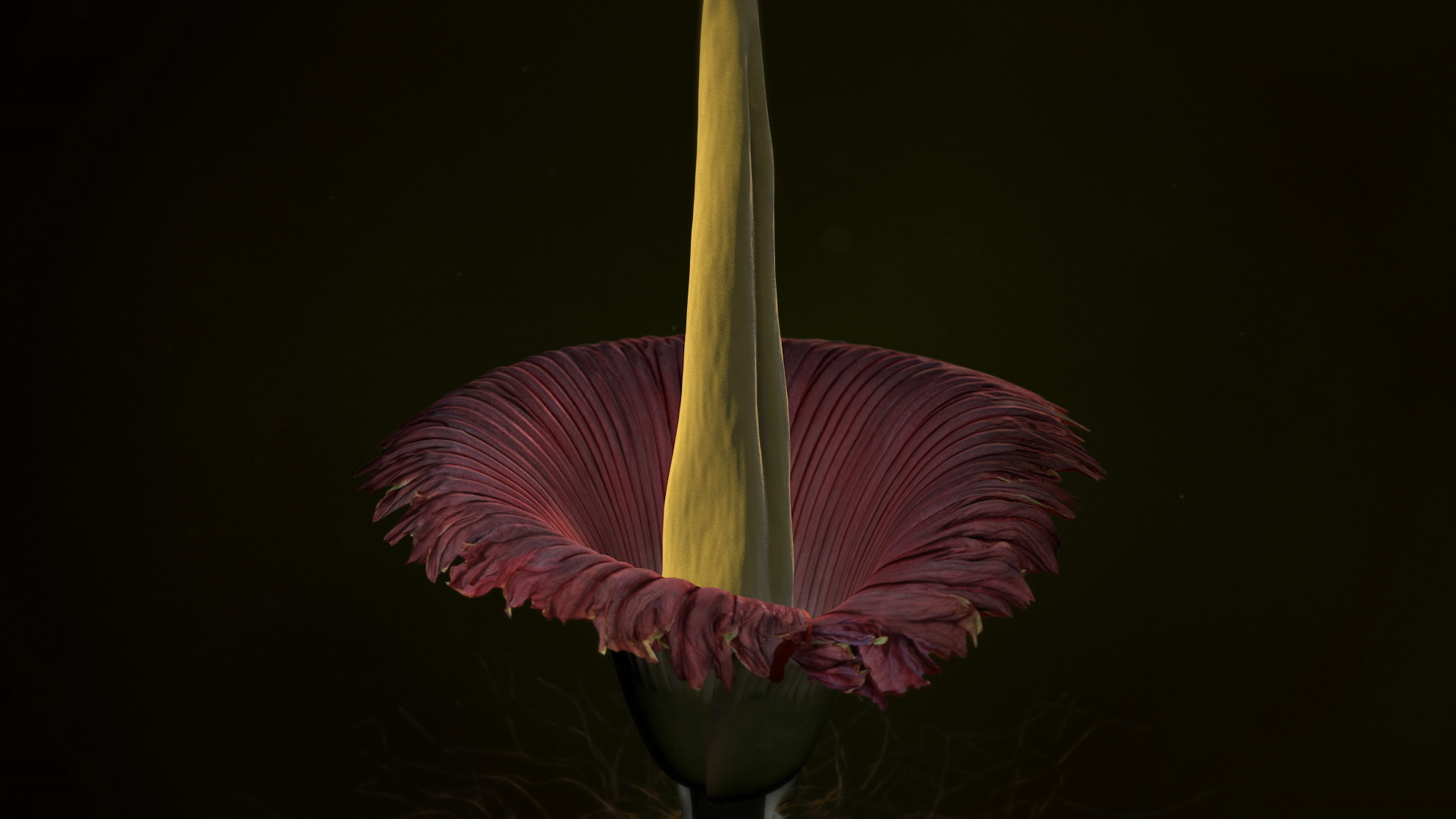 |
The Titan Arum — Tangible Virtual Models is an interactive installation depicting the rare moment of the blooming of titan arum, the biggest flower in the world. The blooming process attracts enormous public interest but is very infrequent and lasts only a few days.
The research project proposed to preserve this experience and explore its educational potential. The word “tangible” literally means “touchable,” but in this context is also intended to mean “understandable” and “accessible”. These essential qualities make virtual models an effective tool for teaching and learning. The virtual model of titan arum allows the characteristics of the flower and its blooming to be experienced and comprehended by the user’s hands. The Leap Motion Controller allows the life-size model of the flower and the blooming process to be manipulated and analysed intuitively without a visible user interface. It becomes possible to let the flower grow, view it close-up and retrieve information about its individual parts. Following the principles of “scientainment,” the rare moment when the flower blooms is brought to a wide audience in an interactive and playful way.
Trends and Identity
|
|
 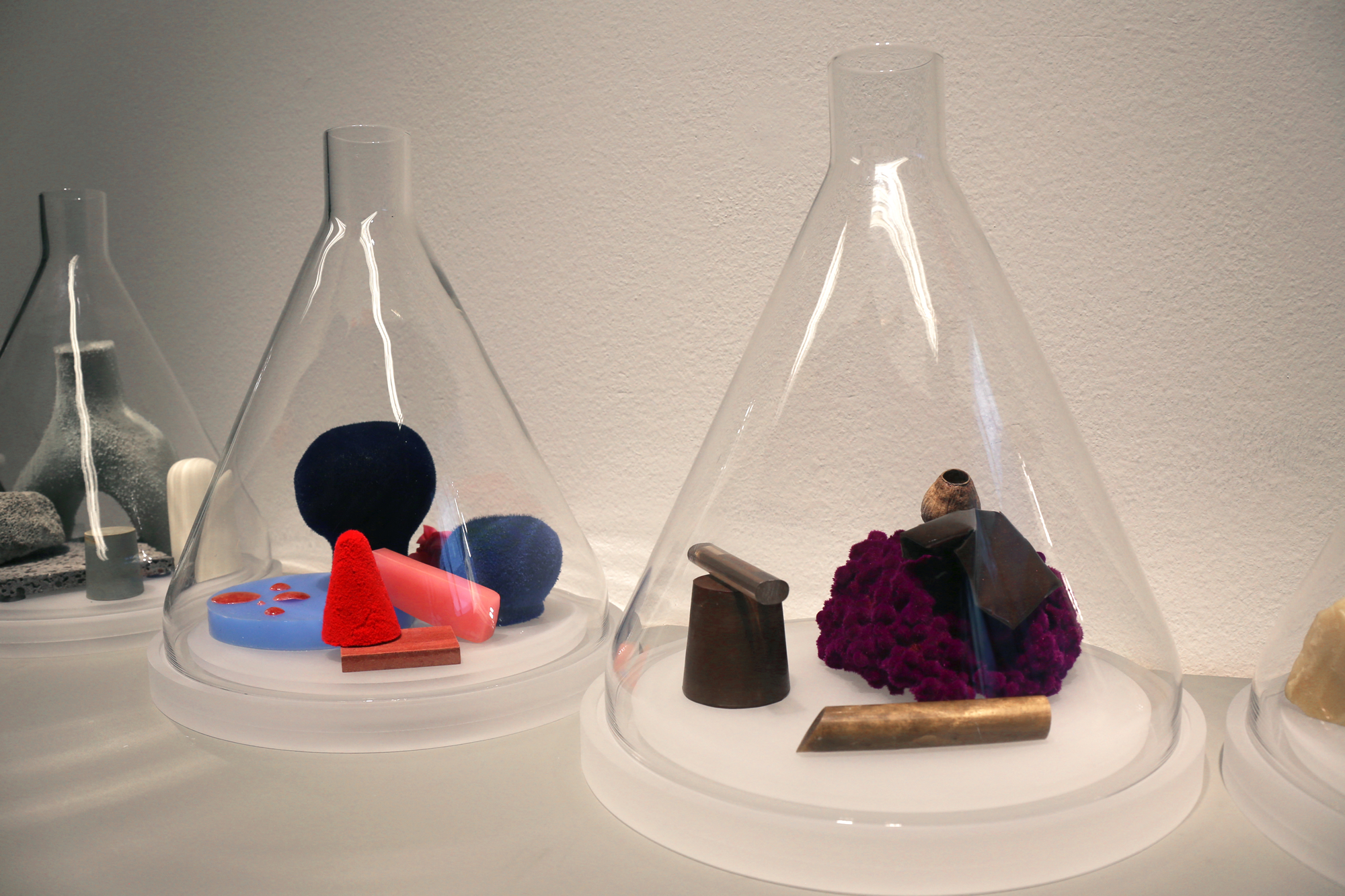 |
Smell Forward is a fictional exploration that focuses on the sense of smell to propose new interactive possibilities and challenge the contemporary movement towards digitalisation and dematerialisation. Smell is a multifaceted sense that offers a unique immersive experience. It can be perceived as a time machine that brings back past memories, but it can also project us into the future and stimulate our imagination. Thus, it becomes an ideal narrative instrument to question our present and our future. By using scent as an investigative tool and method, the designer provides an innovative form of storytelling, opening up promising strategies for the practice of design and research into future trends.
Based on six speculative scenarios set between the years 2029 and 2079, Smell Forward offers an olfactory and visual experience of a future in which human beings and artificially intelligent robots live together in growing symbiosis on a planet sinking into ecological disaster. By giving a sense of “abstraction” to the future scenarios, the six scents stimulate human imagination and understanding to foster the creation of the future in the physical realm of today.
|
|
  |
In Switzerland, around 80% of the deceased are cremated. Urns are in demand and there are few ways to bid farewell to the deceased. Lightfuneral envisions the transformation of the ashes into light. With the help of heat and electric charges, ashes are converted into bright glowing plasma. Different scenarios of how and where the light can be used are possible.
Lightfuneral is a collaboration with plasma scientists from the Technical University of Lausanne and is still under development. To explore and trigger a cultural shift in death and burial, it is important to place the project in its cultural context and visualise it as a new option. Lightfuneral breaks with the conventions of traditional funerals in response to the growing interest in celebrating the life of the deceased, and the wish to make this experience as personal and interactive as possible.
The exhibition shows a fictitious scenario and invites you to address the topic.
Visual Communication
|
|
 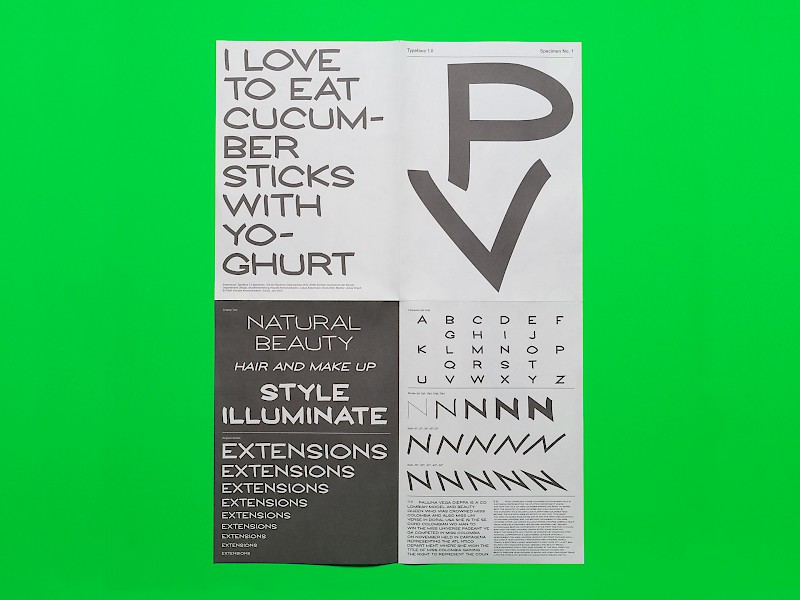 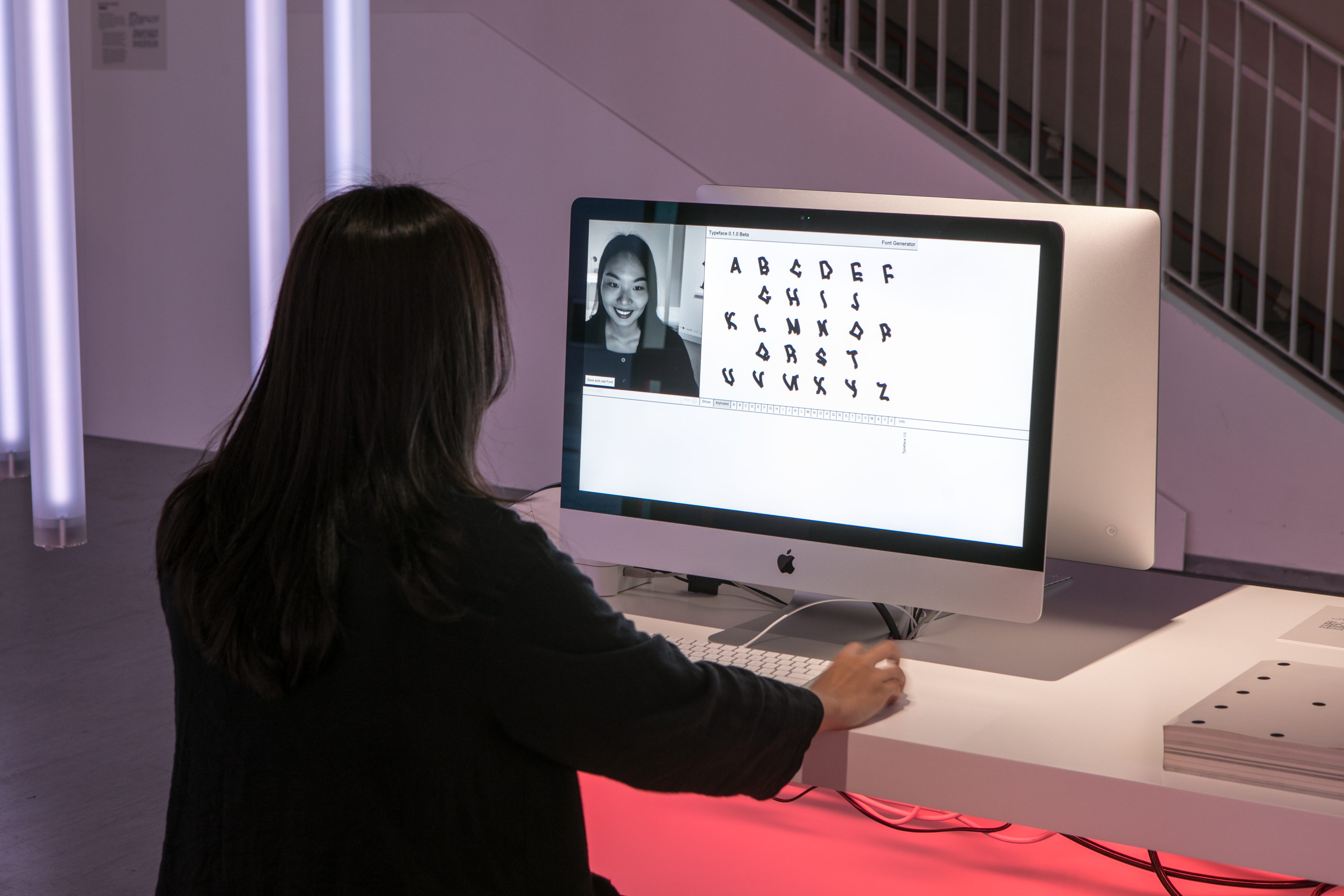 |
Typeface 1.0 is an interactive font generator that distinguishes itself from conventional generators by evading precise controllability. This creates astonishing and unexpected results that transcend classic typographic criteria. Typeface 1.0 is a tool that offers an experimental alternative to traditional typeface design. Formative parameters are based on the physical characteristics of the user’s face. Since every face is different and is itself changed by facial expressions, the variance of the generated fonts is virtually unlimited. Typeface 1.0 is both intuitive and playful.
|
Poster 9:16 10s — An Investigation of the Kinetic Poster| |
  |
Screens are increasingly present in the private sphere, but even more so in public spaces. They are, therefore, crucial as a means of communication. The potential of these visually playful surfaces is, however, far from being fully tapped, offering graphic designers an enticing range of possibilities as well as a heavy responsibility.
In response, Poster 9:16 10s investigates what constitutes a kinetic poster, and what additional value movement can offer compared to the static medium. In terms of content, Poster 9:16 10s focuses on traditional Swiss tourism posters. Eight places in Switzerland served as the starting point for the study. The kinetic poster shows that movement is not merely used for decoration, but is developed from actual content and can increase the viewer’s comprehension. The process and findings resulted in four products: a series of kinetic posters; ten statements; a documentation of the creative process; and a workshop.
Events & Public Services
Opening & Lecture
| Date: | 5 Oct 2018 (Friday) |
| Cocktails: | 6pm |
| Opening & Lecture: | 6:30pm |
| Venue: | Hong Kong Design Institute |
| Lecture Speaker: | Prof Hansuli Matter, Head of Design, Zurich University of the Arts |
| Prof Michael Krohn, Head of the Master of Arts in Design, Zurich University of the Arts | |
| Karin Zindel, Research Associate of the Master of Arts in Design, Zurich University of the Arts |
Public Guided Tours
Guided Tours can be arranged to schools and community groups by advanced booking. Registration and enquiries: hkdi-gallery@vtc.edu.hk / +852 3928 2566
Visit Us
Exhibition Period
6.10.2018 - 27.01.2019
(Closed on Tuesdays, 25.11.2018, 2.12.2018 and 9.12.2018)
Opening Hours
10:00 - 20:00
Venue
Experience Centre, Hong Kong Design Institute
3 King Ling Road, Tseung Kwan O
(MTR Tiu Keng Leng Station Exit A2)
Enquiries
hkdi-gallery@vtc.edu.hk / +852 3928 2566
Acknowledgement




